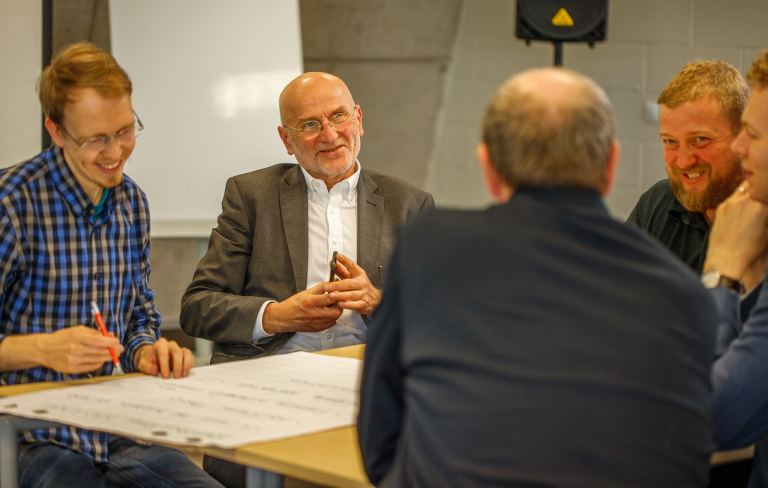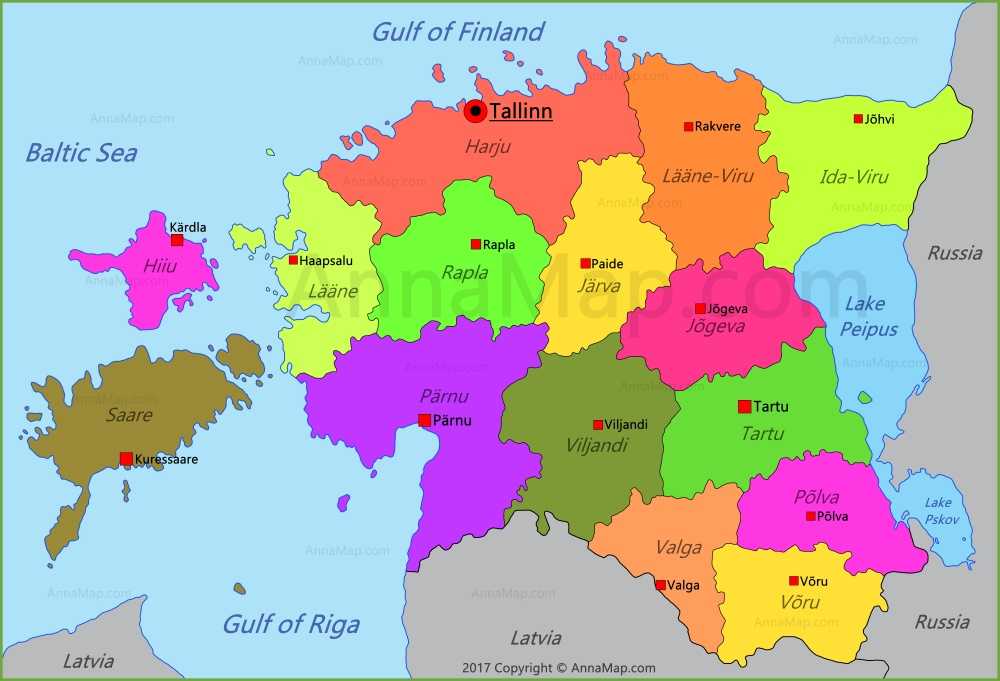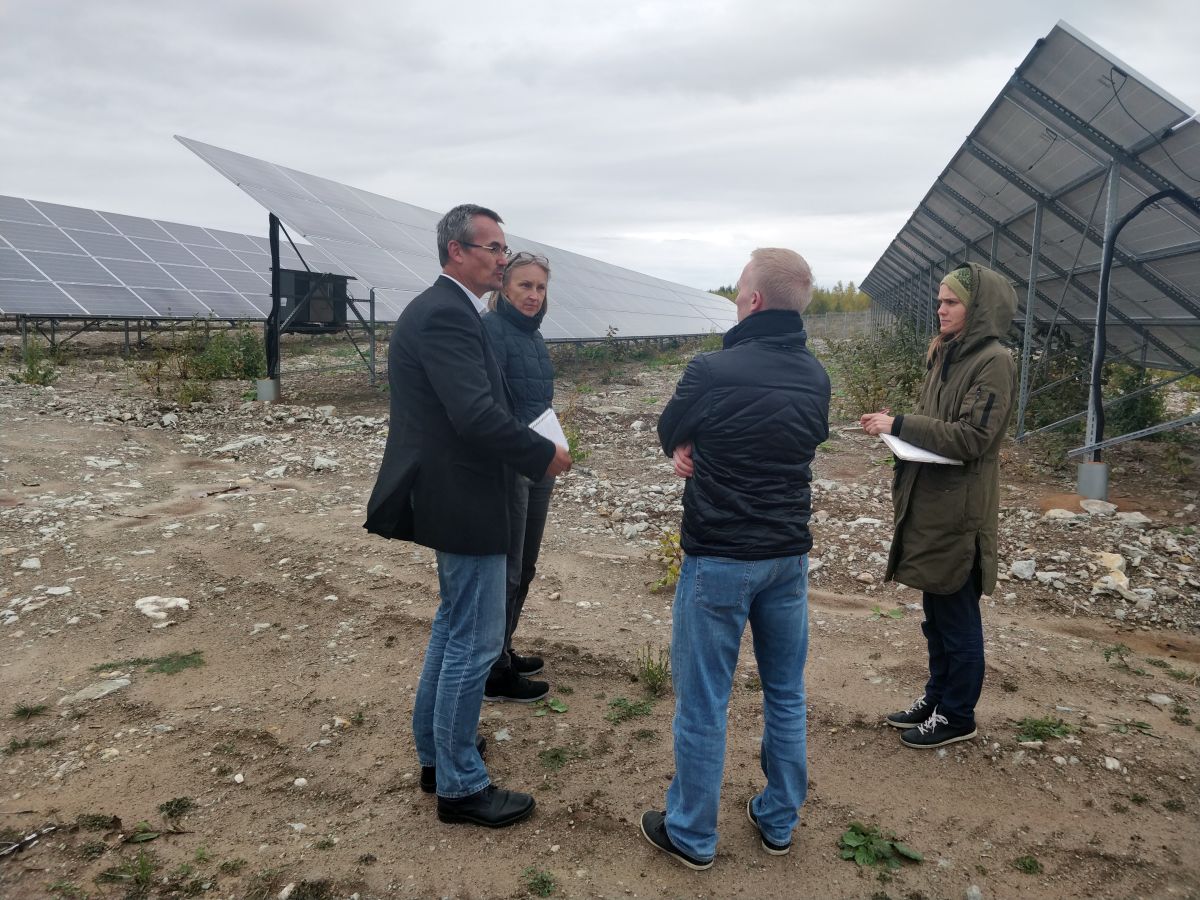
When looking at any map of Europe that depicts countries according to the amount of coal use, Estonia is always remarkably green. But this is only because the Estonian energy mix largely consists of a fossil fuel called shale oil – a resource that most other countries have deemed too inefficient to burn.
Local environmental organizations have been trying for decades to find a way to gradually transition the country away from its dependence on the dirty source of energy. Even though no one denies the huge negative impact of the shale sector on the environment, the need to preserve stability in the shale oil region, Ida-Virumaa, was always invoked to push back against calls to stop using this resource.
There has also been confusion as to which ministry should deal with such a process: the environment, the economy and the social issues ministries all have related competencies.
But, finally, in 2019, after an unexpected jump in CO2 emission prices that pushed the sector into further difficulties, it became clear that the emerging just transition framework is the best hope for regional stability and that this process has to involve stakeholders on every level.

Heavy heritage
There were around 6,500 people employed in the shale sector in 2019, after the most recent layoffs, compared to 7,400 five years before. Around the same amount of people are connected to the sector indirectly. The jobs pay well compared to the regional average, and it is a vocation that has been passed on within families for generations. The locals rightfully feel proud over their role as the energy suppliers of Estonia.
This is why any changes are at first met with skepticism, as state-led and largely unsuccessful plans for redeveloping the region have been promoted for decades to no result. At the same time, frequent layoffs clearly show that the sector is now in constant decline – workers are seeing it clearly.
Local governments, whose budgets depend to a large extent on shale mining taxes, have also started taking these trends seriously. Another problem is the district heating of several large cities that currently mostly runs on the excess heat produced at the shale power and oil plants – if a transitions is to happen, sustainable heating solutions must be found.
Environmental organizations the Estonian Fund for Nature, the Estonian Green Movement and the Estonian Environmental Law Centre have taken the initiative and invited experts from regions such as Ruhr in Germany and Upper Nitra in Slovakia to share their relevant experiences and knowledge with the local stakeholders in Ida-Virumaa. The popularity of the two roundtables and many other smaller meetings clearly indicate there is considerable interest among local communities for action towards the just transition of the Ida-Virumaa region. After hearing about experiences from other countries, Estonians may have realised their problems are not so unique – and that there are solutions.

A laggard government
The Estonian government has so far sent mixed messages. The new Estonian National Energy and Climate Plan (NECP) is based largely on severely outdated oil shale use forecasts. These do not comply with the reality regarding CO2 prices or the global climate emergency. The National Environmental Board just recently approved a large new shale mining permit valid until the year 2049, even if the local government was opposed.
Estonian ministries are also betting heavily on controversial, costly and experimental carbon capture technology to postpone any transition for as long as possible. The oil shale burning plants in the regional capital Narva are already called “hybrid” due to (inefficiently) burning (a problematic amount of) biomass, a negative trend that might increase in the future. False hopes are also put on the “transition” from direct burning of oil shale to more intensive shale oil production and pre-refining with new expensive plants.
Yet a recent analysis shows that these projects would add at least 1 Mt CO2 equivalent per year to the Estonian climate footprint, clearly at odds with the EU countries’ pledge to become climate neutral by 2050. And this does not account for the burning of the oil, as most of it will go to export.
Potential for just transition
The experiences of many other fossil fuel dependent regions demonstrate that large industry can be successfully replaced with many small and medium enterprises, which would help to diversify the economy. Ida-Virumaa locals have already proposed some ideas for such diversification. During the roundtables organised by NGOs and other meetings in the region, locals discussed directions for action, the most popular of which were: researching new minerals, improving public transport links to the capital and over the Gulf to Finland, and developing the local agro park. Some proposed to rename the local “shale competency centre” into “fuel competency centre” in order to expand the research to hydrogen. The best projects will undoubtedly come from the locals – they know the people, the region, the opportunities and risks better than anyone.
Estonia has some huge advantages when it comes to realising its potential for a just transition. Our biggest energy company is state-owned, so the government can easily order the region’s largest employer to begin the transition. Ida-Virumaa also has numerous competent energy specialists, vacant land due to past mining activities, and grid connection capacity – an ideal combination for a renewable energy revolution. A long-standing controversy about wind power – caused by security concerns stemming from proximity to Russia – is finally starting to be worked out through the planned use of newly commissioned radars.

The time to act is now
Today, Estonia is still playing catch-up to many other European fossil fuel dependent regions, but it can make fast progress if it shows determination to use its potential.
Even if the NECP is based on outdated documents, a paragraph on the importance of just transition for the oil shale region was added in the last revision. Importantly, the local government sees a clear need to update Ida-Virumaa’s regional development plan as soon as possible, to include concrete steps on just transition and finding climate-proof alternatives for the region.
At a recent national long-term strategy discussion with authorities, representatives from Ida-Virumaa emphasised that transforming the energy sector was an absolute priority.
At the same time, the Estonian government is recognising that the European Commission is serious about the climate neutrality vision for the future and also, that it is willing to financially assist member states to implement it. The newly revealed Just Transition Mechanism especially mentions oil shale as one of the fuels to be transitioned away from.
During an October 2019 meeting of the Coal Regions in Transition, Estonian guests were merely listening to others’ success stories, but perhaps in a year we will be the ones to share our first steps in the right direction. The need and opportunity exist, now is the time to work together and make it happen.
Photo by Katre Liiv
